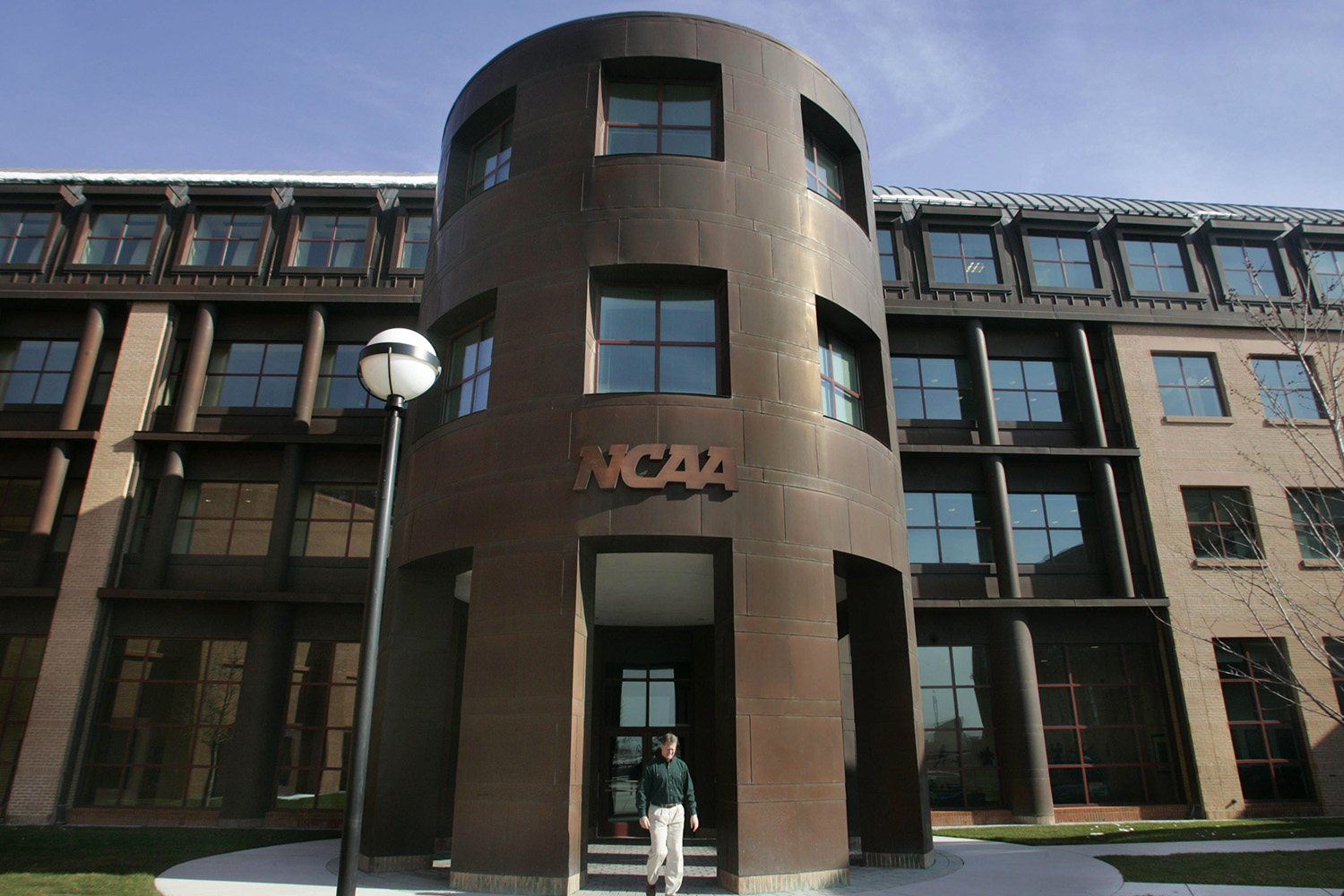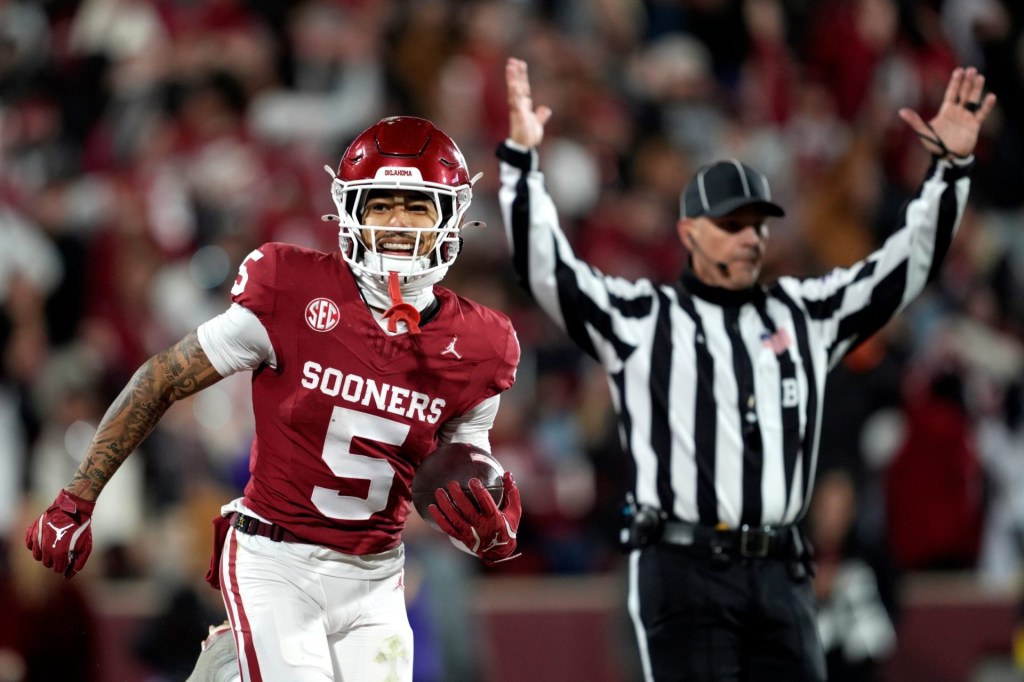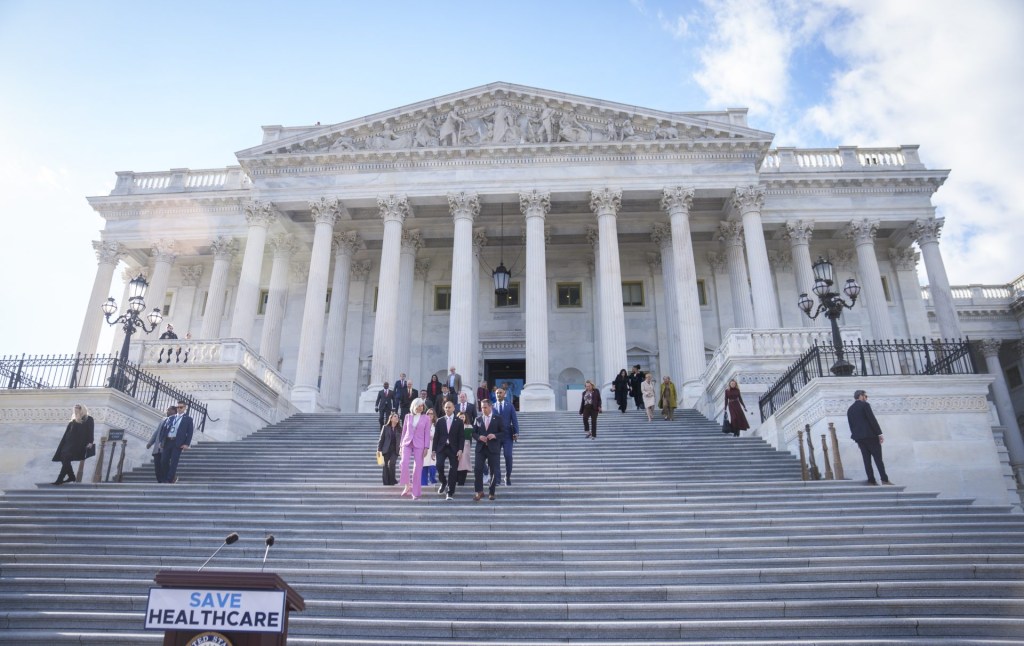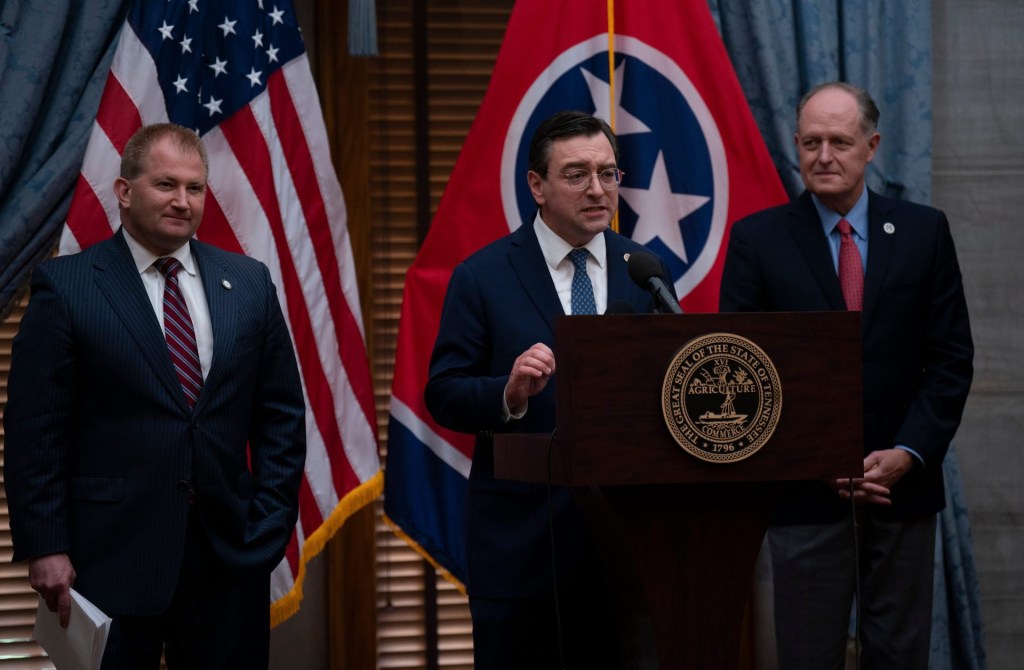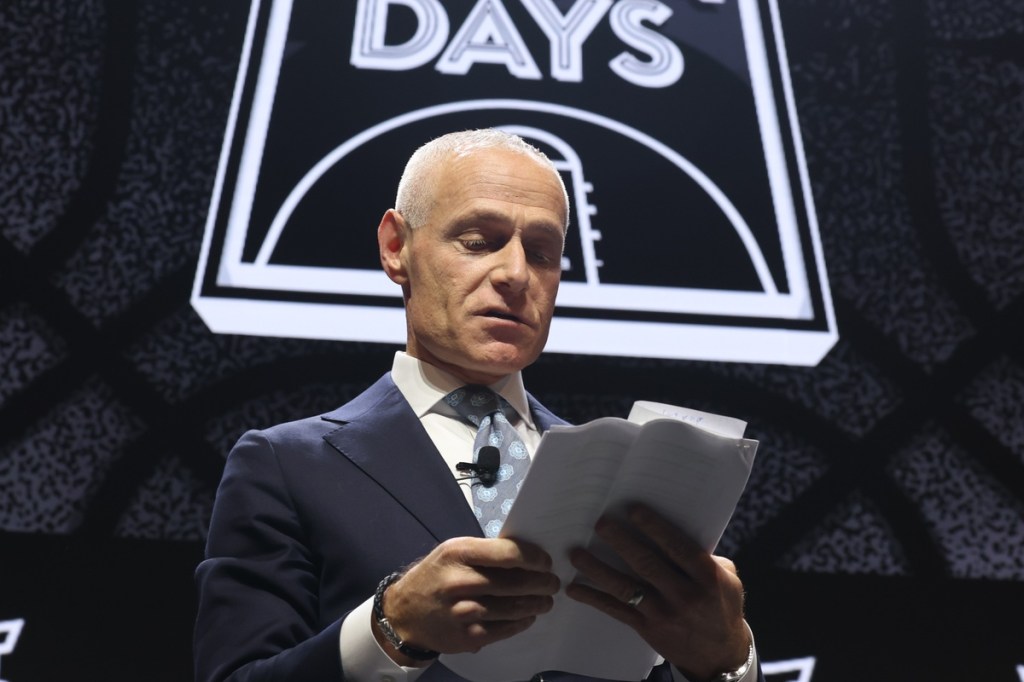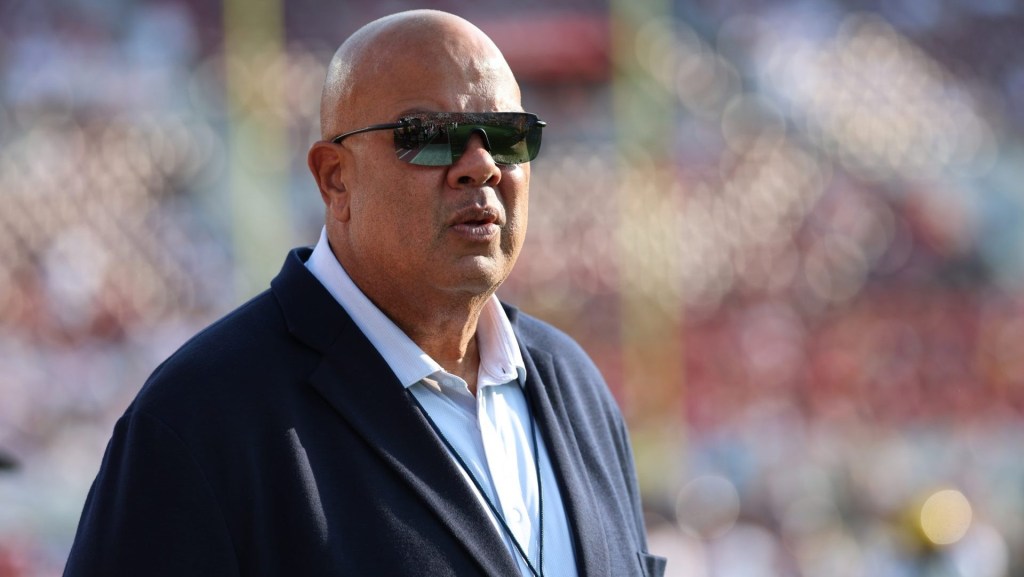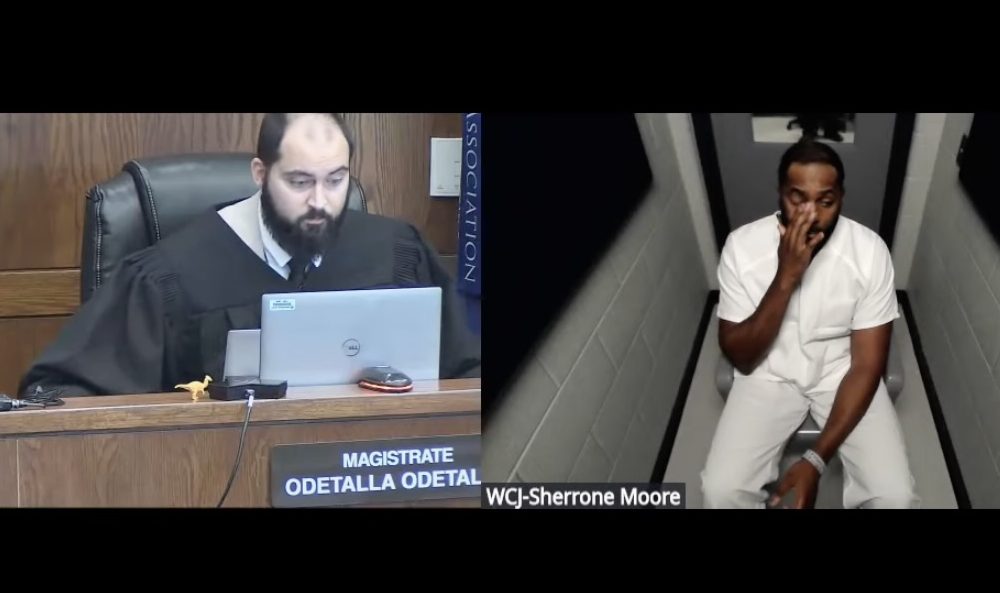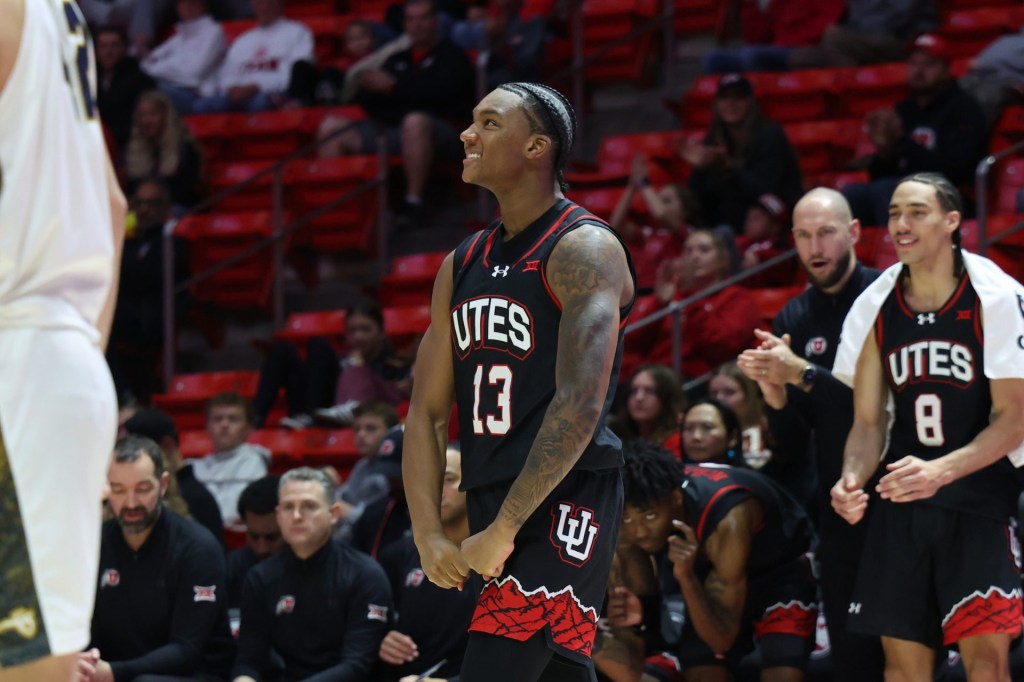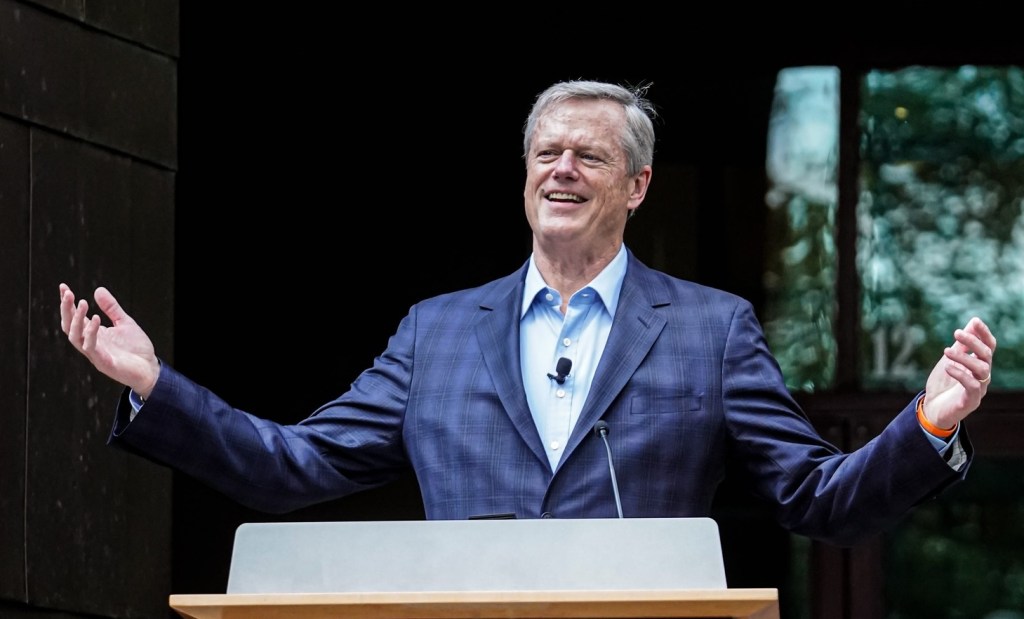In the first several months of the name, image, and likeness era, many athletes said they still didn’t fully understand it.
An NCAA survey found that 39% of women’s sports athletes and 42% of men’s sports athletes are looking for more resources on “navigating NIL opportunities.” About half of each group is looking for more help on how to do their taxes.
The survey included results from more than 9,800 athletes from all divisions and was conducted in November and December of 2021.
Without enough education, athletes could struggle with everything from savings and taxes to realizing their full earning potential.
The NCAA’s interim NIL policy does not set specific standards for how schools should educate athletes — and how to manage earnings as a result. In fact, it has provided more detail about booster involvement than suggested financial literacy.
Several state NIL laws also attempted to require at least some amount of NIL education. But enforcement mechanisms remain unclear.
Despite the murky or nonexistent requirements, schools have attempted to build their own programs. The most common plan of attack was partnering with consulting companies who offer education resources. Other schools have begun building in-house departments aimed at helping with multiple aspects of NIL, including education.
But the vast majority of schools with those resources are in Division I. Many lower-division schools don’t have the same amount of financial resources, and struggled — at least in NIL’s early days — with putting together NIL programs for athletes.
There’s no divisional breakdown of the data, so it’s unclear whether athletes at richer schools feel they’re better taken care of.
But the survey suggests that in the current setup, many athletes aren’t getting enough.
